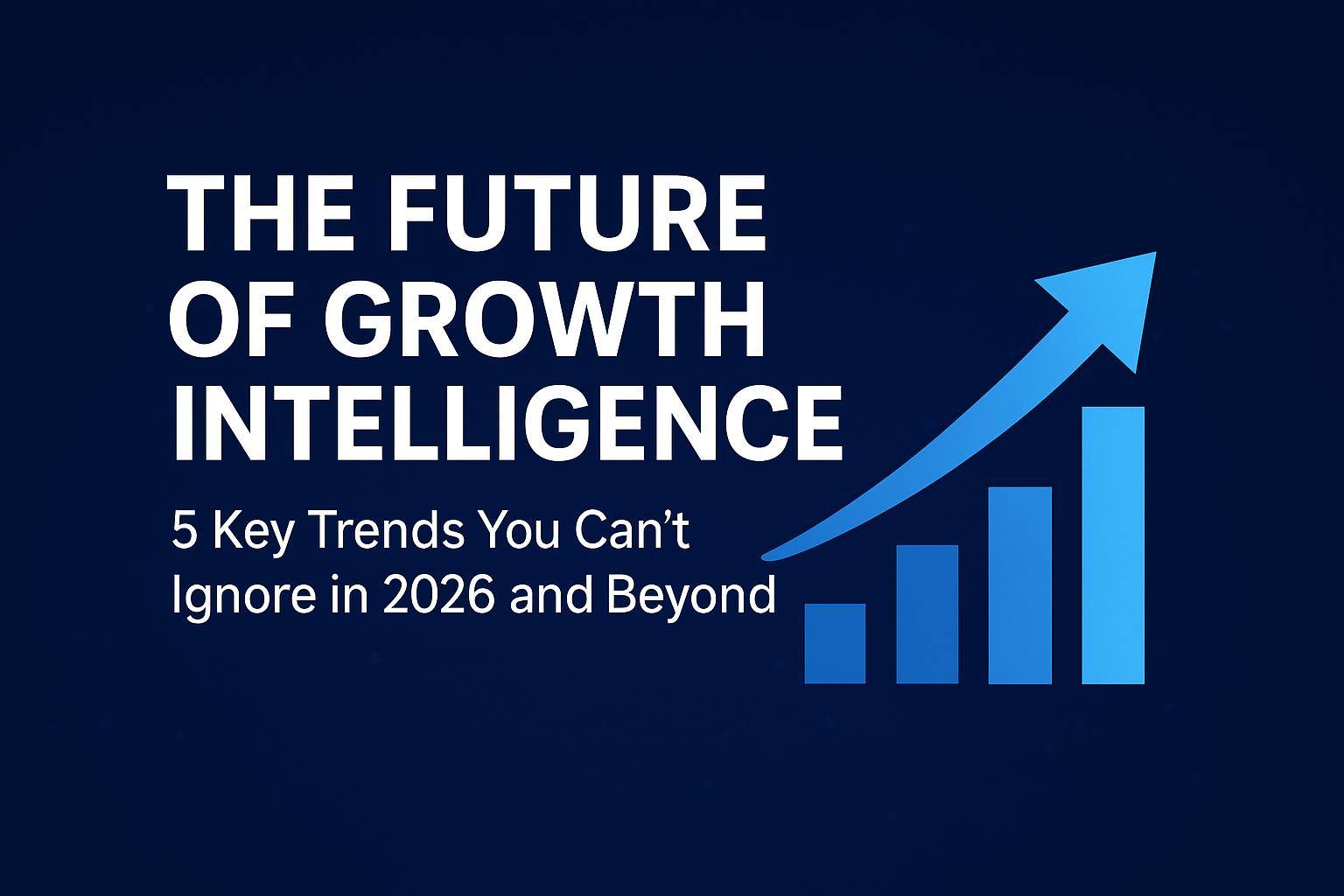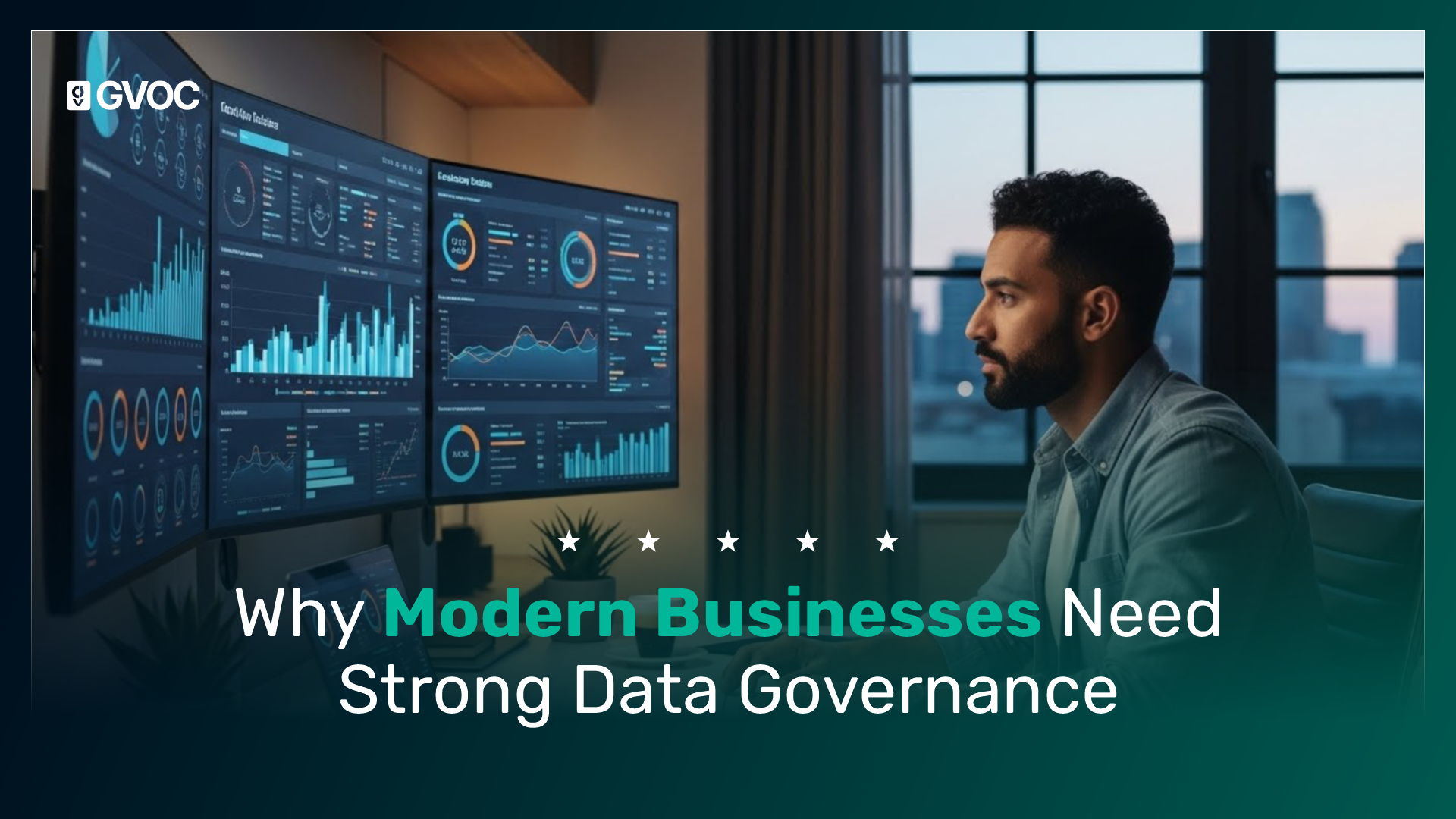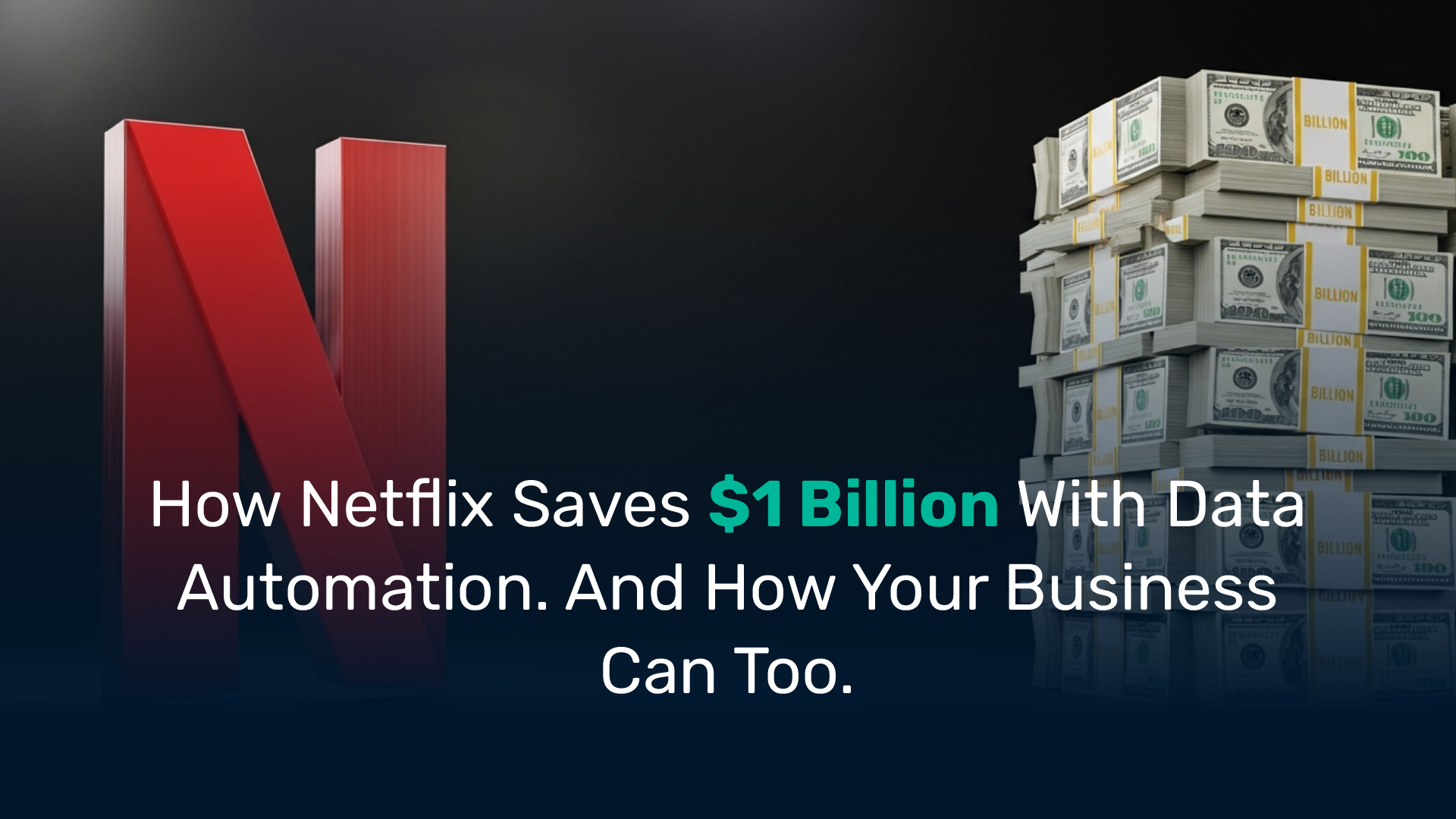
Growth Intelligence
According to the European Commission statistics, In Europe 39% of enterprises now use sophisticated or intermediate cloud computing services (like analytics, ERP, hosted databases), a figure that reflects rising digital maturity across the continent. As businesses around the UK, US, Canada, and Europe deepen their reliance on cloud + data, growth intelligence is not just optional, it will be table stakes. At GVOC, we’re watching these shifts closely. Below are 5 trends that will shape how businesses build & monetize growth intelligence in the coming years and how you can get ahead.
Content
The Future of Growth Intelligence: 5 Key Trends You Can’t Ignore in 2026 and Beyond
According to the European Commission statistics, In Europe 39% of enterprises now use sophisticated or intermediate cloud computing services (like analytics, ERP, hosted databases), a figure that reflects rising digital maturity across the continent. As businesses around the UK, US, Canada, and Europe deepen their reliance on cloud + data, growth intelligence is not just optional, it will be table stakes.
At GVOC, we’re watching these shifts closely. Below are 5 trends that will shape how businesses build & monetize growth intelligence in the coming years and how you can get ahead.
Trend 1: From Batch Analytics to Real-Time Insight
Old school dashboards that refresh nightly won’t cut it anymore. More companies are adopting real-time data pipelines, event streaming, and low latency analytics.
- According to Edvantis, many organizations are pivoting to real-time streaming implementations as a priority in 2025.
- This means your decisions, alerts, and responses can be based on live data, not yesterday’s numbers.
What to do now: Start by building a small real-time dashboard for a high-impact metric. Then gradually migrate other reports to streaming or near-real-time pipelines.
Trend 2: Growth of Automated DataOps & Self-Service Analytics
Manual data wrangling is becoming a bottleneck. The future favors systems that let business users run queries, generate reports, and explore data without always needing engineers.
- The DataOps / automation market is growing fast.
- Self-service BI tools tied with strong data governance are becoming the combo many companies target.
What to do now: Introduce governance controls (so people can self-serve safely). Automate routine pipelines so your team spends less time on plumbing and more time on insight.
Trend 3: Increased Focus on Data Quality, Observability & Trust
As data becomes central to decision-making, businesses can no longer ignore issues of data accuracy, lineage, and reliability.
- Many organizations still don’t trust their data because there’s no transparency on how it’s generated or transformed.
- Observability, anomaly detection, and data monitoring are climbing on the priority list.
What to do now: Build metadata, tracking, validation, and alerting into your pipelines from Day. Don’t treat them as afterthoughts.
Trend 4: Cloud Cost Optimization Takes Center Stage
As usage expands, cloud spend balloons. Smart businesses will shift focus from just “getting in the cloud” to getting value from the cloud.
- Globally, many organizations admit to waste: According cloudzero, over 20% of cloud budgets often go unallocated or mismanaged.
- More executives will demand transparency in unit cost, cost per feature, or cost per customer.
What to do now: Use tagging, cost attribution tools, rightsizing, and architectural reviews to recover and prevent waste.
Trend 5: Data Sovereignty, Cloud Localization & Edge Architectures
As regulation and trust concerns grow, organizations in Europe, UK, and beyond are demanding more control over where data is stored and how it's processed.
- Europe is expanding data center capacity rapidly, with 937 megawatts of power demand added in 2025 alone.
- Many EU enterprises now use intermediate / sophisticated cloud services.
- Edge + hybrid architectures will be more common in places where latency, compliance, or connectivity matter.
What to do now: If you operate across regions, plan for multi-region strategies, data localization, or hybrid deployments. Design your architecture so different parts of the world can be served ethically and efficiently.
How GVOC Helps You Stay Ahead
We don’t just build systems, we help you ride these trends effectively:
- Cloud Engineering & Governance: Architect in real-time, hybrid, multi-region setups from the start.
- Data Automation & DataOps: Build reusable pipelines with monitoring, self-service, and observability baked in.
- Business Intelligence & Analytics: Design dashboards that surface insights in real-time and let users explore safely.
- Strategic Advisory: Help leadership assess which trends matter most for your business, map investments, prioritize roadmaps.
Take Action: What You Can Do This Week
- Pick one of the trends above and rate how mature your business is on it (0–5 scale).
- Choose one small pilot (e.g. real-time dashboard for a critical metric, cost monitoring, a data quality monitor).
- Run that pilot, collect feedback, expand.
- Share insights with leadership, show how being trend-aware gives you a jump over competitors.
Parting Thought
The future of growth intelligence is evolving fast. Some companies will build operation-critical insights, others will fall behind chasing dashboards. With GVOC’s strategic, tech + business blend, we help clients not just survive the shift, but lead it.
👉 Ready to future-proof your business with these trends? Book a free consultation with GVOC today, and let’s map your path into next-level growth.
Author
Nafisat Jayeola
Lead Data Analyst
Author
posts
Insightful Reads
Case Studies & Strategies
Dive into our newsletter for a wealth of knowledge in digital marketing













.svg)




.svg)

.svg)





